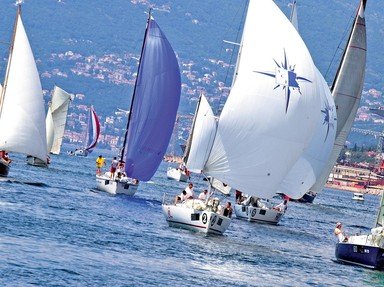Quiz Answer Key and Fun Facts
1. When did the race that started the "Quest for the America's Cup" happen?
2. What type of sailing yacht was the original "America", which gave its name to the America's Cup?
3. What does the actual America's Cup look like?
4. Over the years, the race rules have evolved to limit the entries to a "class" of boat. What class was the largest and, arguably, the most beautiful of the America's Cup contenders?
5. Between 1899 and 1930, one man stood out as the foremost contender for the America's Cup. Who was he?
6. If successful, do the owners or syndicates of the America's Cup contenders always make money?
7. Who determines what the rules and requirements are for an America's Cup challenge?
8. The quest for the America's Cup has pioneered many innovations and advancements in sailboat design, construction, and equipment. Which of the following was NOT one of these innovations?
9. After 126 years of successfully defending the America's Cup, what club finally won it away from the New York Yacht Club?
10. In 2003, what "unlikely" challenging country won the Cup?
Source: Author
clemmydog
This quiz was reviewed by FunTrivia editor
Fifiona81 before going online.
Any errors found in FunTrivia content are routinely corrected through our feedback system.
